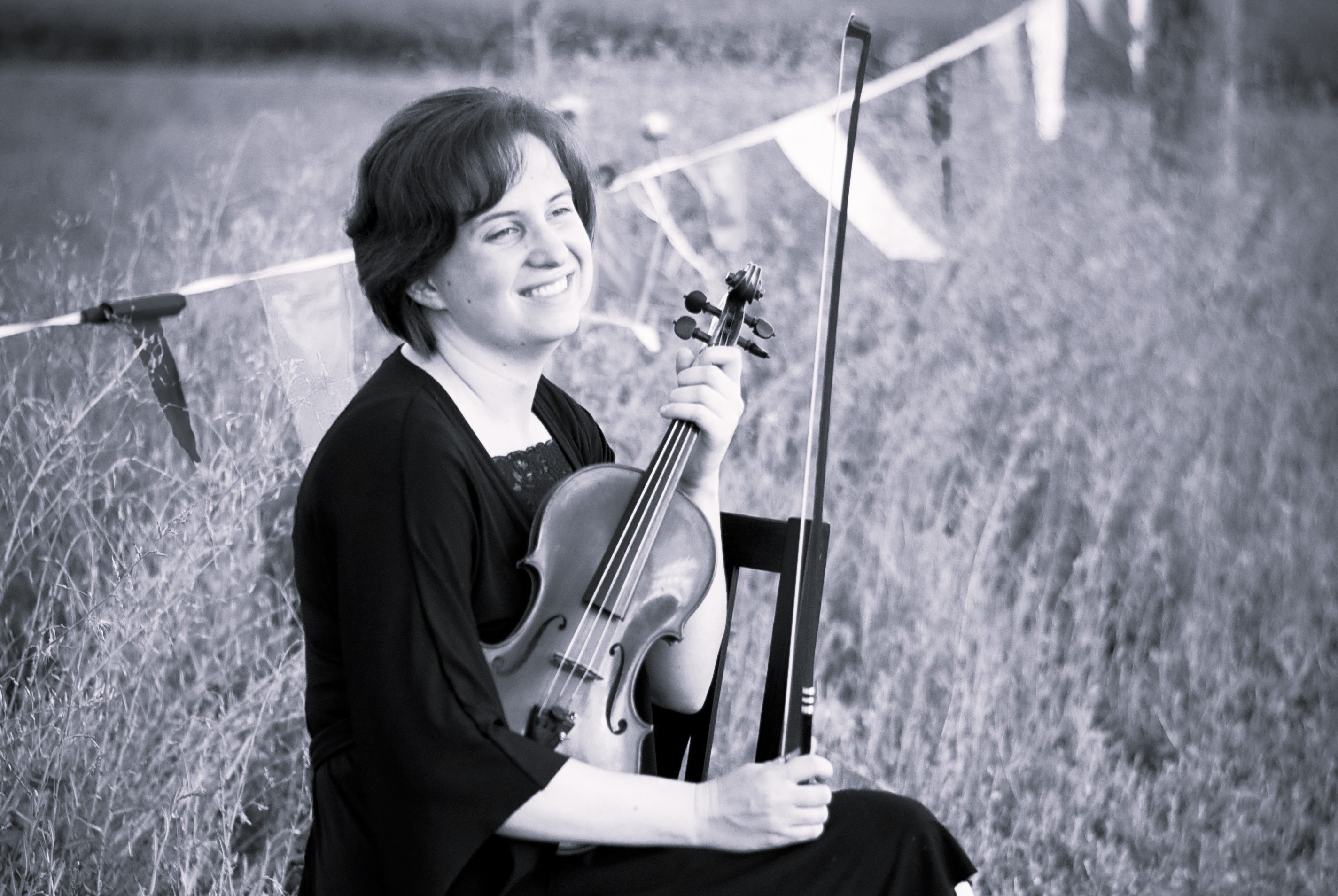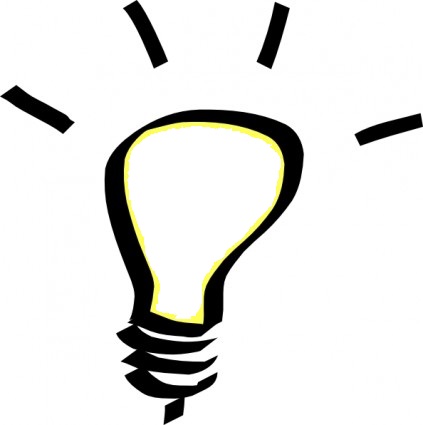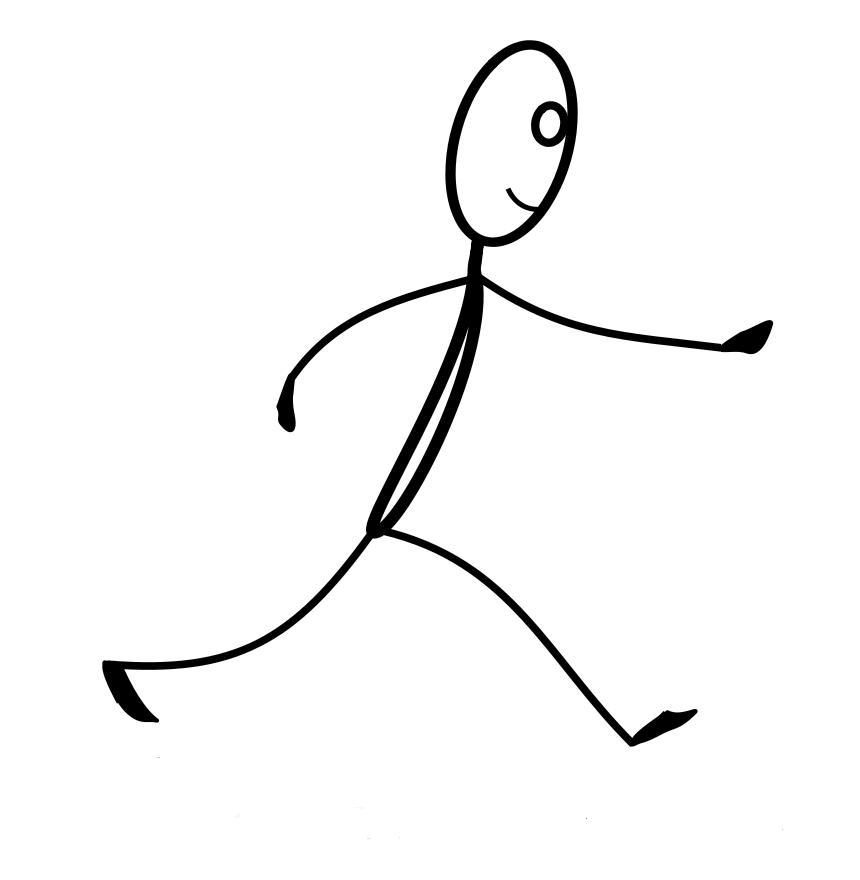Does this scenario sound familiar? You show up for an important audition. After finding the room and getting warmed up, you are asked to play for a panel of unfamiliar, accredited judges. They might ask you to play a scale and/or a prepared solo. Then they plop a difficult excerpt in front of you that you have never seen before and ask you to play it. How accurate you are with this last test will help determine where you are placed in the ensemble, or if you make it in at all.
Welcome to the world of sight reading! When sight-reading an unfamiliar piece, it's always a good idea to glance over the entire excerpt before you start playing. It can be very tempting to start immediately, particularly if you are good at recognizing notes and you want to impress the judges. You might feel a false sense of security.
Or, more commonly, you might feel inward pressure to begin as soon as possible. In stressful situations where the adrenaline is pumping, it's easy to notice sweaty palms, a thumping heart, or a shaking bow; but it's also important to anticipate that your sense of timing can be skewed. You have more time than you think!
So, remind yourself to breathe. Push past the thought, "Let's just get this over with." Taking a little bit of time to look ahead and notice certain clues may make all the difference in the outcome of a seating audition . . . or save you from elimination!
1. As you gain experience, you may notice that the song title and composer's name can give you clues as to the style of the piece. (Ex. If it's a Minuet by Bach, you would play it in the Baroque style, with limited or no vibrato and completely different bow strokes from what you'd use to play an excerpt from Meditation by Massenet. You would typically incorporate fast tempos and open strings in a Traditional Fiddle Tune or Irish Jig, whereas a popular tune like "You Raise Me Up" by Josh Groban begs for elements such as rubato and expressive crescendos/diminuendos .)
2. Always check the key signature, time signature, and tempo marking(s) before you begin playing!!
3. The road map is a good thing to pay attention to. For instance, if you notice a D.S. al Coda near the end, realize that's a little different from D.C. al Fine! Similarly, repeat signs can be elusive, so make sure you know where you're going back to . . .
4. Look ahead for specific bowing patterns. Recognizing the style and initial tempo will help with this. For example, a passage of multiple eighth notes slurred together with staccato markings under the slur could be an indication of portato, up-bow staccato, or even ricochet. These bow strokes are very different, both in execution and in effect.
5. Notice dynamics. It would not do to play Hadyn's Surprise Symphony at a consistent forte.
6. Mentally rehearse any challenging rhythms, including syncopations AND RESTS.
So, what else can you do to reduce nerves that come with sight reading? Three quick suggestions:
1. Take a deep breath. No, really. Especially if you're in danger of an anxiety attack, but even if you aren't, pause and focus for a minute or two on your breathing. Pay attention to your inhale and exhale. You can even coordinate your breaths to be a certain number of seconds, thereby slowing down your overreaction.
2. Take comfort in knowing you're not alone. Famous musicians have had stage fright long before your time. Chopin gave less than 40 public performances in his lifetime, his last performance occurring when he was 26. In Franz Liszt's biography of Chopin, he is quoted as saying, "An audience intimidates me, I feel asphyxiated by its eager breath, paralyzed by its inquisitive stare, silenced by its alien faces." (Angel, Amanda. "Top Five Infamous Cases of Stage Fright." WQXR Blog,18 March 2015, https://www.wqxr.org/story/top-5-cases-stage-fright/. Accessed 6 January 2018.)
I have also personally seen terrified players take small steps to perform, despite their fear, and done a great job at it. They start with one performance, usually for a small audience, and gradually increase the number of times they perform. Many times, when asked, the audience didn't even know the soloist was nervous.
3. Our Lord has said, "If ye are prepared, ye shall not fear." (Doctrine & Covenants 38:30) But you can't practice sight reading . . . can you? The answer is "Of course you can!" And it helps! When my students are at a certain age or level, early in their private studies with me, I have them sight read something new at their lesson every single week if possible. Sometimes I assign them to sight read something new every day they practice! I'm always surprised at how effective this simple approach is, even over a short period of time, such as when they are preparing for an upcoming audition.

Cami Shaskin
Violin Blog
About
Updates
Quick Access
Archive
2021
Jan
2022 16 - Welcome to My Blog
23 - Violin Teaching Kits
Feb 06 - Valuable Techniques
07 - From the Top
20 - Violin Jokes
Mar 06 - Singing in Orchestra
13 - Nurtured by Love
21 - Helpful Websites
27 - Unique Case Uses
Apr 10 - All About Tone
24 - Teaching Values
May 02 - Believing Teachers?
29 - Our Quartet
Jun 26 - Violin Bridge Tips
Jul 07 - Clever Violin Memes
20 - Horses and Lions
Aug 04 - Music During Covid
16 - Favorite Music
Sep 12 - Being There
Oct 16 - Sight Reading Tips
Nov 05 - Why It's the Frog
Dec 20 - Bach on the Brain
30 - Impact for Life
Jan
Jul
Aug
Oct
Nov
2023 23 - Tendonitis Helps
Feb 21 - An Old Performance
Mar 23 - Cars3 & Coaching
Apr 29 - Preferred Brands
May 27 - Love: A Calling
JunJul
Aug
08 - Music Opens Doors
SepOct
Nov
27 - Useful Analogies
Dec 28 - A Humorous Anecdote
Jan
Feb
May
Jun
Aug
Oct
Nov
2024Feb
15 - Our Commonality
Mar 10 - Extras
18 - Autopilot
AprMay
Jun
06 - Motivation
JulAug
26 - The Ink
SepOct
Nov
26 - Music Copyright
Dec Jan
Mar
Sep
2025 15 - Fame and Fortune
FebMar
14 - Intermission
Apr 18 - A Day in the Life
May 02 - Oops!
Jun 14 - A Science or an Art?
Jul 15 - A Difficult Post
AugSep
20 - Anxiety Interview
Oct 02 - Sounds of Italy
Nov No posts to display.
Dec No posts to display.
Jan
Feb
Aug
Feb
No posts to display.
Mar No posts to display.
Apr 17 - Bittersweet Moments
May No posts to display.
Jun No posts to display.
JulAug
No posts to display.
Sep No posts to display.
Oct 31 - My Video Series
Nov No posts to display.
Dec No posts to display.
Posts
Sight Reading Tips
| Love it | Interesting | Inspiring | Want to share |
 |
 |
 |
 |
| 0 | 0 | 0 | 0 |
Like this post? Link back to it later by copying the URL below.
© 2021-2025 All Rights Reserved
This content has been proven to be completely dairy-free, gluten-free, sugar-free, and made from code not treated with rBST. No animals were harmed in the making of this blog. The views presented do not necessarily represent the views of Ms. Shaskin's neighbors, kin, the U.S. government, or a mysterious worldwide network of musicians. Any reproduction, retransmission or reposting of content without crediting the author (basically me) is prohibited. Free Wi-Fi not included. If this is a life-threatening emergency, close your browser and dial 911.



